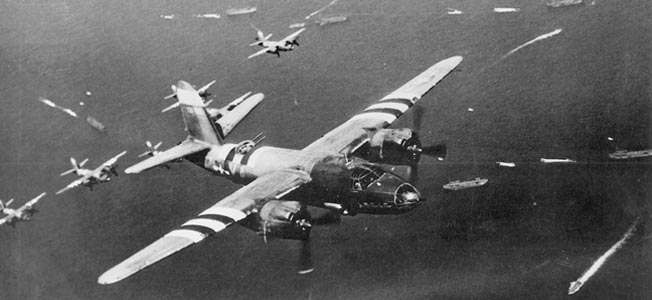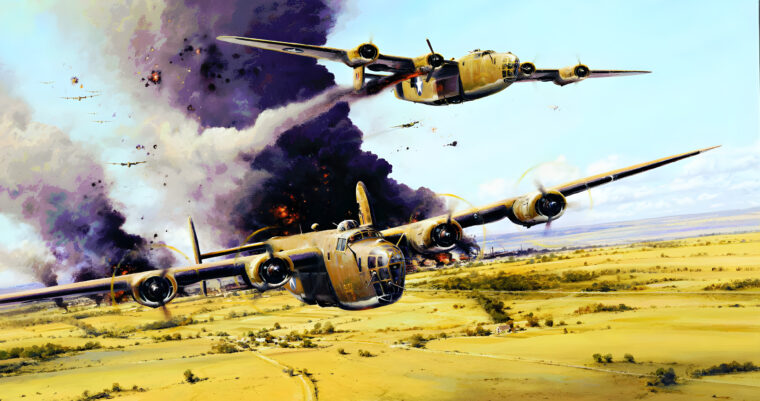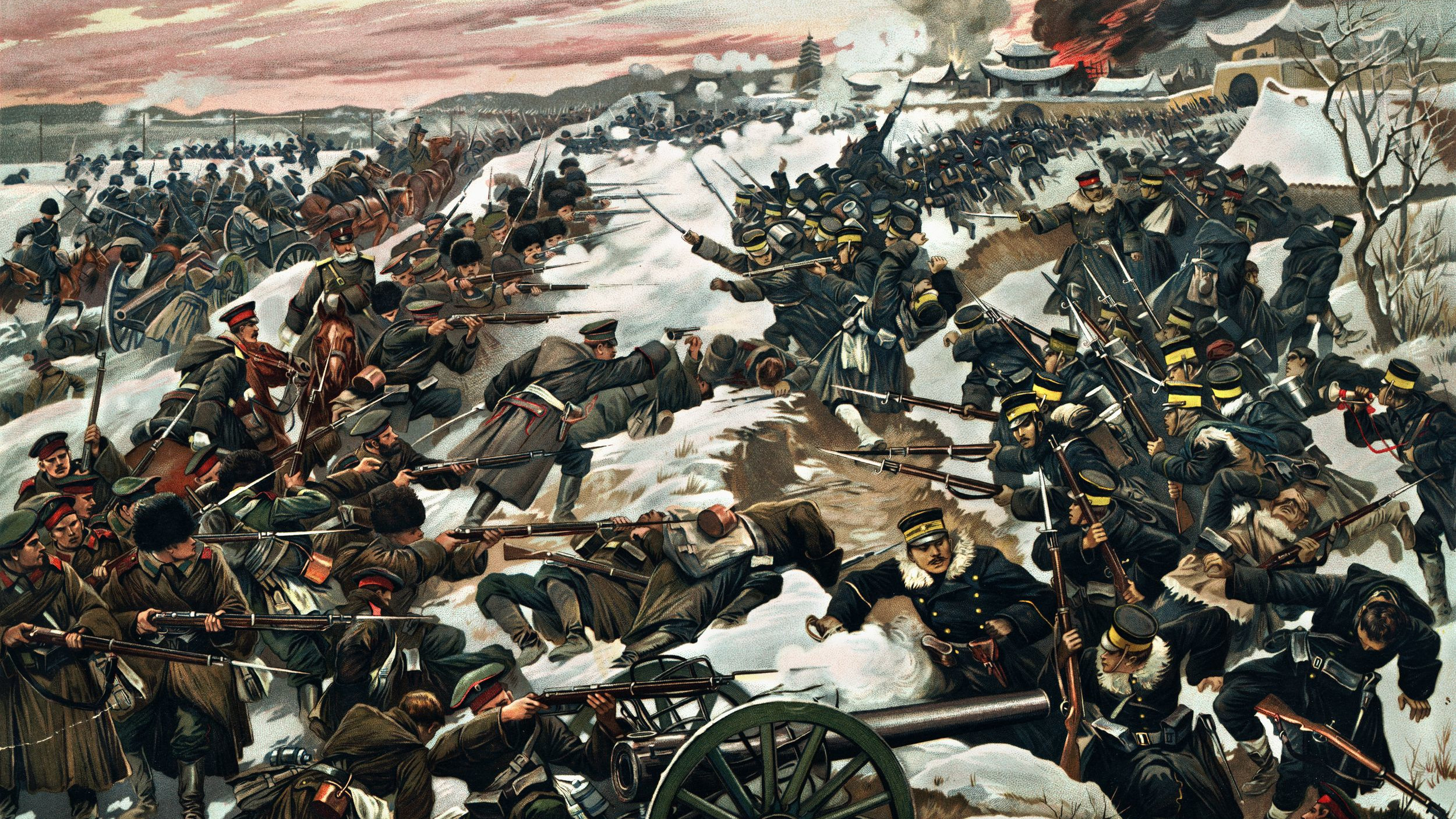
U.S. Army Air Corps
Boyd Wagner: Early American Ace
By Sam McGowanCommon wisdom has long held that Japanese pilots and aircraft, particularly their fighters, were superior to the American, Australian, and British counterparts they faced in combat in the Philippines and Southeast Asia in the opening months of U.S. Read more
















